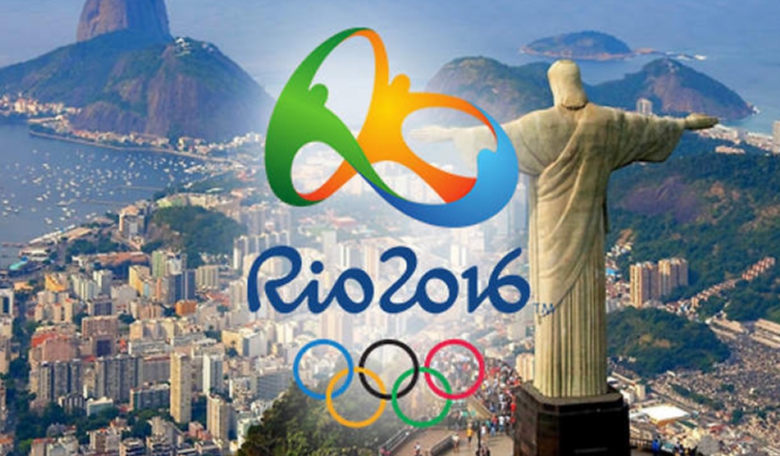Since 1964, commercial satellites have been bringing the Olympic Games closer to home by providing access to television and media coverage for people all over the world. This year, the expected audience for the Rio 2016 Summer Olympics is expected to be over 3.5 billion people.
For decades, satellites have been an integral part of the Olympic Games live coverage. Members of the Satellite Industry Association (a U.S.-based trade association that provides representation of the leading satellite operators, service providers, manufacturers, launch services providers, and ground equipment suppliers), such as Eutelsat, Intelsat, SES and Telesat, operate over 150 geostationary satellites and bring connectivity to broadcasters who in turn transmit live video content of the Games to their customers around the world. In the USA alone, NBC Olympics and NBCUniversal have announced plans to air nearly 7,000 hours of Olympic Games programming. This unprecedented number of hours amounts to over nine months of continuous programming, if it was to be shown on a single channel.
Communication satellites are artificial satellites that transmit telecommunication signals. Over 2,000 communications satellites are currently in orbit, used for television, telephone, internet and even military purposes. Such satellites relay signals along the Earth's curve, making communication between two distant locations possible.
The idea of a geostationary communications satellite was first suggested by Arthur C. Clarke in 1945, in an article titled “Extraterrestrial Relays”, where Clarke discussed the possibility of launching satellites into orbit specifically for the purpose of transmitting radio signals. The first artificial satellite, Sputnik-1, was launched into orbit by the USSR on October 4, 1957, and worked on 20.005 and 40.002 MHz frequencies – although it's express purpose was not one of data communication, Sputnik-1 paved the way for future artificial satellites, which eventually led to the creation of the satellites in use today. The first artificial communications satellite was Echo-1, a 30-meter aluminised PET film balloon that reflected radio communications. It was launched on August 12, 1960 and was the first artificial satellite capable of relaying signals.
Communications satellites come in two major categories – passive and active. Passive satellites are reflectors, and the signal received from them on Earth tends to be very weak, as they are unable to amplify it, instead reflecting the received signal in in the direction of the receiver. Active satellites are able to amplify the signal before sending it along to the receiver on Earth. Today, very few passive satellites are still in use.
For over half a century, satellites have been vital in transmitting live video content from globally important events, such as the moon landings, the World Cup, the Olympics. The first commercial geostationary satellite, Syncom-3, transmitted the world's first live color television broadcast of the Tokyo Olympic Games Opening Ceremonies in the US in 1964. For the first time in history, viewers were able to watch an overseas sporting event without delay and in real time. Since then, the Olympic Games have relied on communications satellites for increased broadcasting of the Games' events. Today, the global audience of the Olympic Games is billions of viewers around the world. The previous Summer Olympics (London, 2012) were broadcast to over 3.6 billion people in 220 countries and territories.
The Rio 2016 Olympic Games Opening Ceremony will air on Friday, August 5, 2016, at 23:00 UTC (20:00 BRT).











